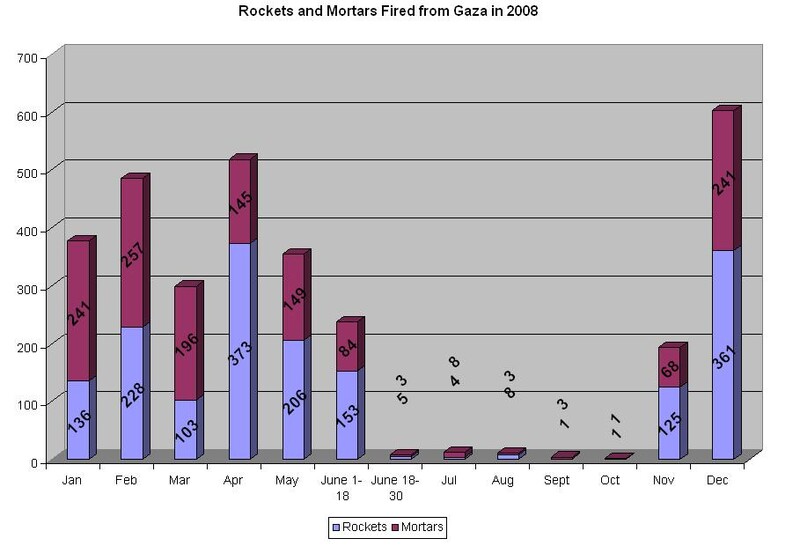1 January 2012
Last week, the New Statesman published an article of mine about the anniversary of ‘Operation Cast Lead’ on their website. The following day, former media spokesperson for the UK Zionist Federation Jonathan Sacerdoti responded by defending Israel’s actions in the assault on Gaza.
Sacerdoti’s argument was essentially two-fold: firstly, that Israel did what it could to minimise civilian casualties, and secondly, that Israel was above all else acting in response to rocket fire and to keep its civilians safe.
Minimising civilian casualties
Preferring not to contest the evidence accumulated by the likes of the Red Cross, Amnesty International, Human Rights Watch, Palestinian Centre for Human Rights (PCHR) and Israeli human rights group B’tselem, Sacerdoti instead chose to rely on Colonel Richard Kemp, the former British military man who now tells hasbara conferences about a “global conspiracy” targeting Israel.
Quoting almost verbatim from a speech Kemp made in Tel Aviv, Sacerdoti claims that “a study published by the United Nations” shows how “the steps taken” by the IDF “to avoid civilian deaths” led to the “the lowest ratio of civilian to combatant deaths in any asymmetric conflict in the history of warfare” (seems the ‘Most Moral Army in the World’ never does things by halves).
Sacerdoti does not give any details of this “study”. Kemp has cited it on a number of occasions, and it is most likely a reference to a decade-old, 24-page report made by the Secretary-General to the Security Council “on the protection of civilians in armed conflict”. In the opening paragraphs, the report notes:
It is now conventional to say that, in recent decades, the proportion of war victims who are civilians has leaped dramatically, to an estimated 75 per cent.
Sacerdoti (via Kemp) then claims that the ratio of civilian to combatant deaths in Gaza was “less than one-to-one”. This is contradicted by the Palestinian Centre for Human Rights (PCHR), which gives a figure of 82.2% non-combatants, by Al-Haq’s statistics of “over 83%” civilian deaths, and also by B’Tselem, who say 55% “did not take part in the hostilities” (a number that rises to 73% civilian deaths if you include “police officers killed in police stations”).
Thus even the focus on the ratio, itself a deliberate distraction from the documented breaches of international law, is flawed. It’s not the first time that Sacerdoti has taken a creative approach to ‘facts’. Speaking in the immediate aftermath of Israel’s murderous attack on the Gaza-bound flotilla in 2010, Sacerdoti asserted that Israeli forces on the Mavi Marmara were attacked with “explosive grenades” and “live fire” before they had used “any kind of live fire in return”.
Palestinian rocket fire
Sacerdoti’s second main argument is to focus on rocket fire in order to say that the Israeli government was purely “protecting Israeli civilians”. The claim is that “Operation Cast Lead was undeniably effective in reducing terror attacks from the Gaza strip. The numbers speak for themselves”.
Coincidentally, I have recently asked the IDF Spokesperson, via the official Twitter account, when has been the quietest period for rocket fire from Gaza since 2008. It proved surprisingly difficult to get a straight answer. But it is clear why there is a reluctance to answer the question.
In 2008, until the ceasefire on 19 June, an average of over 90 rockets and mortars a week were fired from Gaza into Israel. During the Hamas-enforced ceasefire that lasted over 4 months, the weekly average was 2 projectiles. Since then, the number of rockets has never been as low - including in the months after Operation Cast Lead. In other words, this negotiated lull in 2008 has proved the most effective way of protecting Israeli civilians (a ceasefire that Israel, not Hamas, unilaterally ended). The numbers speak for themselves.







Comments
Israel broke the Gaza Ceasefire on 4 November 2008
Permalink iResistDe4iAm replied on
Israel broke the Gaza Ceasefire on 4 November 2008 (US Election Day) while the world was busy watching Obama -vs- McCain. It was widely reported at that time, but conveniently "forgotten" 53 days later when Israel launched its one-sided war on the Gaza Strip...
http://www.youtube.com/watch?v...
The numbers speak for themselves.
Total killed in war on Gaza:
Palestinians = 1,417
Israelis = 13 (4 by Israeli fire)
Kill rate ~ 109-to-1
Civilians killed in war on Gaza:
Palestinians = 926
Israelis = 3
Kill rate ~ 309-to-1
The numbers speak for themselves
Permalink David Morrison replied on
On the 2008 Israel-Hamas ceasefire, see interview with Mark Regev on More4 News on 9 January 2009 (during Operation Cast Lead) at http://uk.youtube.com/watch?v=.... For once, he is on the defensive.
Full account of ceasefire and aftermath is at http://www.david-morrison.org.....
This jncludes a Toronto Star article from 9 October 2008 (during the ceasefire), headed "Israeli town celebrates end to daily rocket fire", which tells of "residents of Sderot" being "relieved at quiet start to Yom Kippur, thanks to the ceasefire with Hamas".